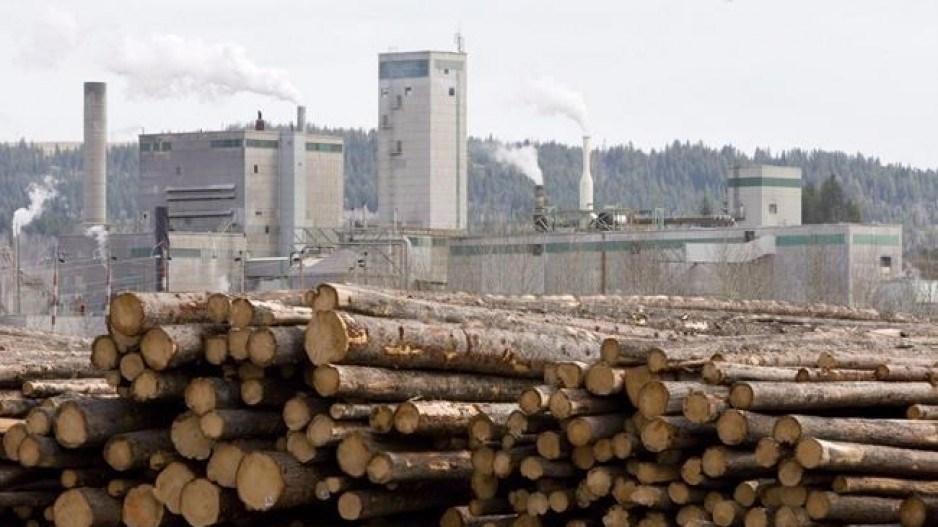West Fraser Timber (TSX,NYSE:WFG) posted an US$83 million loss in the third quarter, with its lumber segment accounting for much of the lower revenues.
West Fraser’s sales for the third quarter were US$1.437 billion, down from US$1.7 billion in the second quarter of 2024.
The lower revenue from lumber sales resulted in a net loss of $83 million, compared with $105 million in net profits in the third quarter of 2023.
West Fraser said low prices for southern yellow pine (grown in the Southern U.S.) accounted mostly for the lower revenues from lumber sales, while other products – oriented strandboard (OSB), plywood and other engineered wood products -- held up.
“North American OSB, plywood and other engineered wood products continued to experience healthy demand and the lumber segment saw unexpected improvement in SPF (spruce-pine-fir) demand, while SYP (southern yellow pine) markets remained challenging, in part reflecting ongoing softness in repair and remodelling markets," West Fraser CEO Sean McLaren said.
West Fraser notes in its Q3 report that it has paid US$32 million in American softwood lumber duties.
American lumber prices have fallen from US$1,440 per thousand board feet in February 2022 to below US$400 in July. Interest rates have put a damper on new home construction, leading to a lower demand for lumber.
U.S. housing starts averaged 1.35 million units in September 2024, West Fraser says in its management, discussion and analysis, compared to 1.42 million units for the full year in 2023 and 1.55 million units in 2022.
"Thus far in 2024, new housing construction has shown signs of stabilizing at levels moderately above the pre-pandemic housing starts levels of 2019 as consumers continue to manage through an environment of relatively high mortgage rates and housing affordability challenges," West Fraser says in its MD&A.



